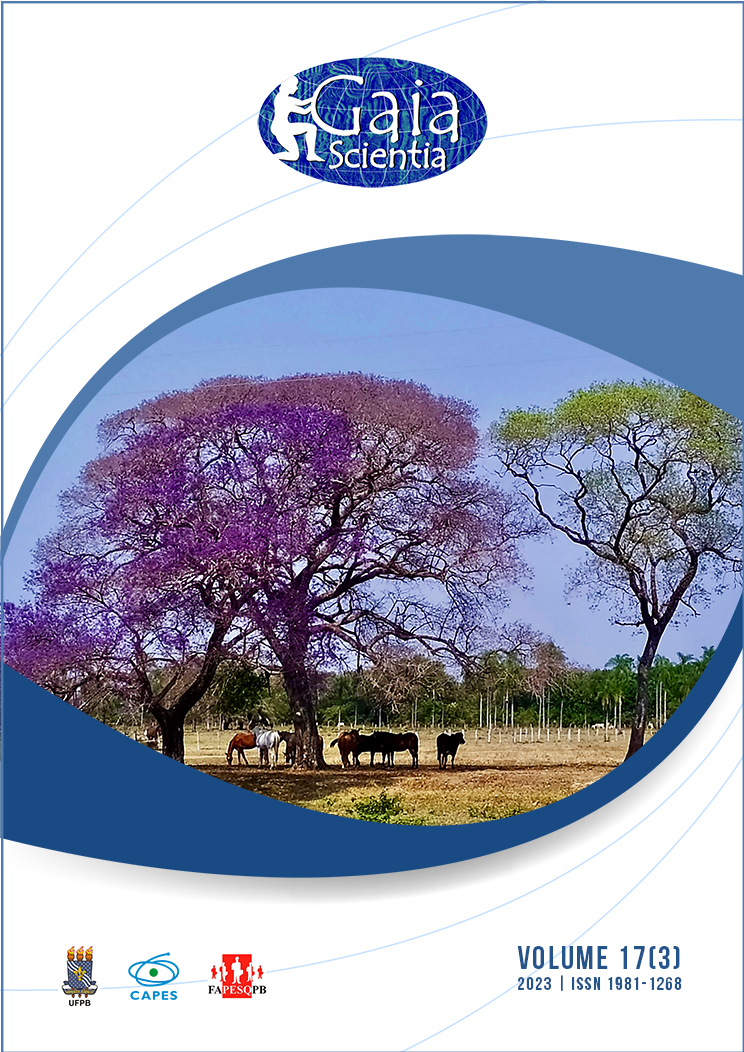“It doesn’t produce seedlings or seeds. How does it grows?”: Ethnomycological Knowledge from a Rural Community in Southwestern São Paulo, Brazil
DOI:
https://doi.org/10.22478/ufpb.1981-1268.2023v17n3.68268Abstract
Ethnomycology studies the complex relationships between humans and fungi, with the aim of understanding and recording the customs and culture of different communities regarding fungi. In the State of São Paulo (SP, Brazil) there is no research in this subject, therefore, the objective of the work was to carry out an ethnomycological study in the neighborhood called ‘Guareí Velho’, Angatuba (SP). The location has a predominantly rural landscape, composed of family farming. Twelve collaborators were interviewed through semi-structured interviews.The results were analyzed using qualitative methods. Some popular names for fungi and the ludic use of some species were mentioned by the interviewees. There is also a folktale in the neighborhood involving macrofungi (wood-ears). However, no gastronomic, medicinal or ceremonial use has been recorded. It was observed that the interviewees have knowledge about the ecology of fungi and their dynamics in nature, such as phenology and climatic factors involved in their emergence. The lack of records of fungal uses in this community indicates that it is non-mycophilic, however they have local knowledge and their own explanations for the occurrence of macrofungi, as well as notions about their conservation.










